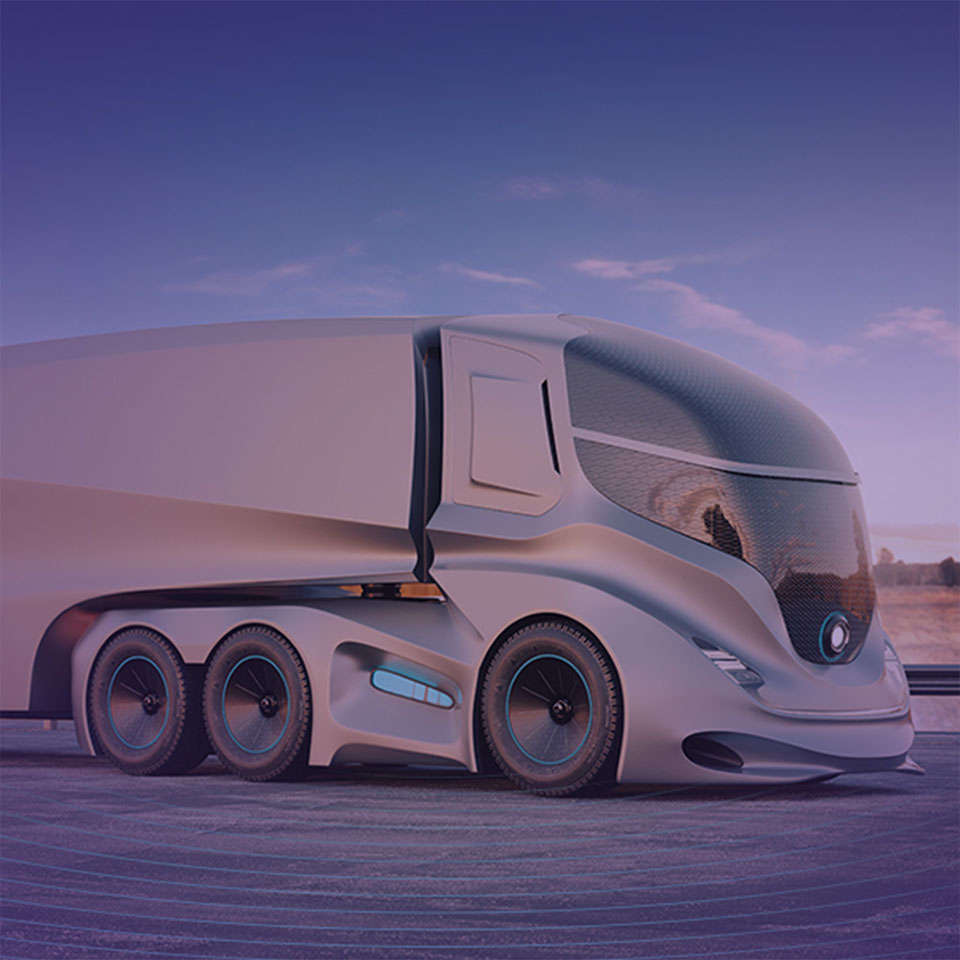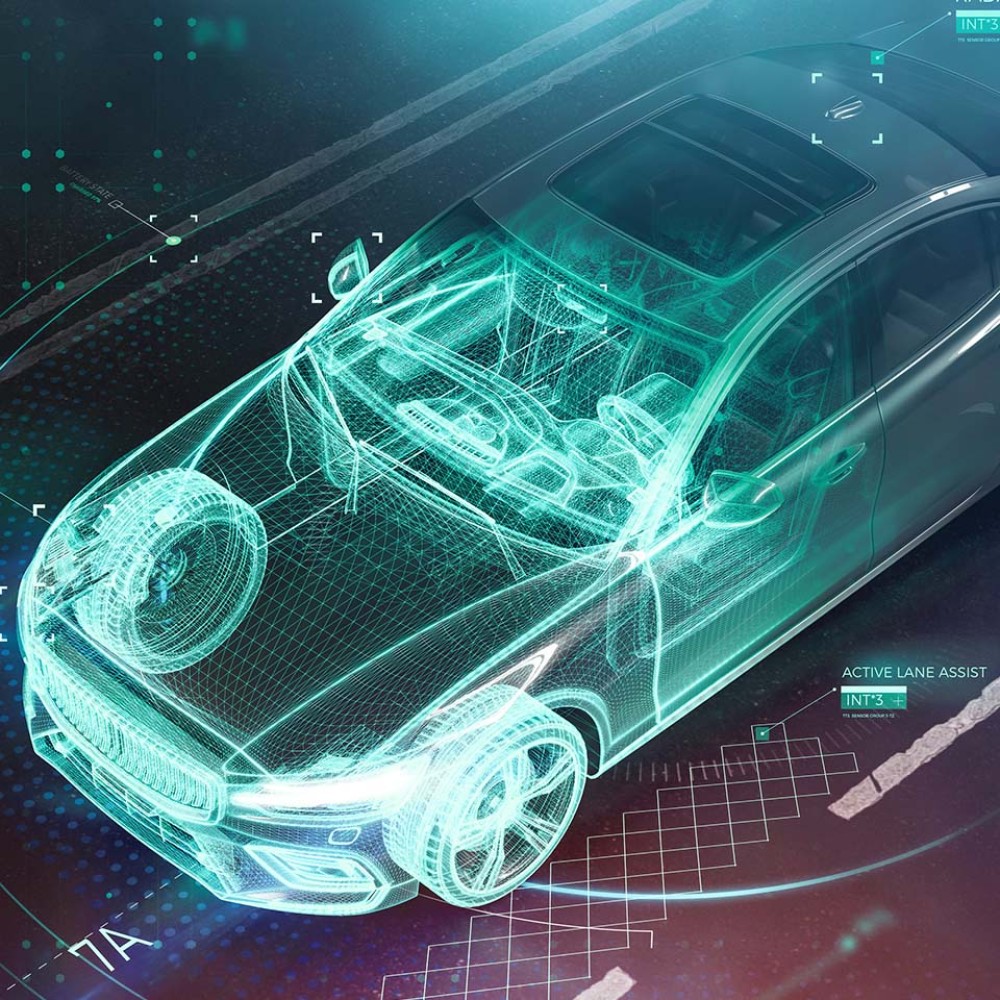In brief
- Interdependence of cloud and edge: Both cloud and edge computing are crucial for optimizing intelligent vehicle capabilities, with data processing and training occurring both locally in vehicles and on the cloud to ensure relevance and diversity of data.
- Benefits of cloud-edge collaboration: Combining local data processing in vehicles with cloud resources enhances data resolution, privacy and robustness of intelligent features like autonomous driving through techniques like Federated Learning.
- LEAF solution integration: Zoreza Global's LEAF solution bridges the gap between cloud and edge by streamlining development, testing and deployment processes. LEAF enables collaborative work at the edge and facilitates continuous integration for diverse and innovative use cases.
Abstract
It’s no secret that most new cars are connected. Connected car capabilities have come a long way: From an OnStar button almost 3 decades ago, to offering in-vehicle Internet connectivity, to the multitude of information and entertainment options modern cars provide. And yet, we are still at the beginning of this road, with a lot more to come as we enter the “Automotive 2.0” era. In this paper we will discuss the challenges and opportunities of connected vehicles and show how Zoreza Global collaborates with its partners to offer possible solutions that help accelerate the progress to SDV – software defined vehicles.
Connected rivalry: Edge vs. Cloud
The automotive industry has undoubtedly embraced the cloud by now. The cloud has enabled many intelligent vehicle capabilities that are highly desired by users. However, there seems to be a hidden rivalry that lurks in the shadows of this progress — in some of the debates about connected vehicle systems, we can hear two opposing opinions:
- The cloud side is the most important in connected vehicle systems because cloud is infinitely more powerful, compared to in-vehicle compute capabilities
- The vehicle side is the most important because this is where “the rubber meets the road”
While both opinions have a kernel of truth, they are both short-sighted. When trying to decide between cloud and edge, the correct answer lies in the word “and” — the most important aspect in connected systems is the close interoperation between cloud and edge.
To be fair, this type of rivalry is not unique to the automotive industry; similar debates have unfolded in many other industries that have implemented connected systems, otherwise known as Internet of Things (IoT) solutions. But while in other industries such debates around IoT have already settled down, in the automotive industry these topics are still fresh. On the bright side, this gives the benefit of hindsight and allows the automotive industry to apply the IoT learnings that have been gained by other industries.
What do we mean by edge?
Before exploring the relationship between cloud and edge in more detail, let’s clarify our definitions.
The word “Edge” has different meanings depending on the context. In the connected vehicles context, Edge means the ability to execute high-level dynamic workloads in the vehicle’s centralized compute hardware that acts as the gateway to the cloud IoT system. This is in contrast to the vehicle’s numerous ECU modules that mostly have low-level fixed functions. The Edge workloads consist of user-facing functionality (vehicle features), as well as internal functionality, such as collecting diagnostic information and performing updates.
This ability to act as an Edge device of a larger cloud-based system is a defining characteristic of a connected vehicle. In other words, it’s not enough for a vehicle to simply consume services (such as internet radio) from the web. With this in mind, we can formulate the following definition:
Connected vehicles perform intelligent functions under the supervision of a cloud-based connected system.
In the rest of this article we will be using the terms “Edge” and “Connected vehicle” interchangeably.
Why vehicles and cloud need each other
Now let’s get back to our previous question: Why do we need close interoperation between connected vehicles and their cloud system? At first glance, the vehicle should be able to perform even the most advanced of functions (such as autonomous driving) without dependency on the cloud. On the other hand, that autonomous driving feature can only work because the ML model was trained in the cloud.
Autonomous driving is a great example of intelligent vehicle capabilities based on AI/ML technology, that will increasingly differentiate vehicle experience and delight users. Let’s think how close interoperation between cloud and edge will help deliver such intelligent capabilities.
Vehicle has local data
If we want an intelligent feature to be highly relevant, its ML model should be trained on the data that is close to the user. By "close” we mean: Data about this vehicle’s operation and occupants, rather than some other vehicle’s data. An ML model trained on such data will have the highest accuracy in anticipating this user’s needs and preferences. It will offer a personalized user experience that will increase customer satisfaction. In fact, the most advanced of modern vehicles already have sufficient compute resources to train such ML models inside the vehicle.
Cloud has variety
Now imagine a car that has always operated in California or Texas and has trained its own vehicle models based on the hot temperatures that it encountered. What will happen if the user decides to take a road trip to Canada? The models will freak out like a puppy seeing snow for the first time. In order to avoid this, the models need to be trained on data from diverse fleets of vehicles operating in different environments. This is where the cloud shines because it has data from many vehicles.
“Two heads are better than one”
We can achieve synergy benefits when we combine the two approaches above: Locality of data on the vehicle and variety of data on the cloud. For example, we can use the Federated Learning technique to train local models on individual vehicles, and then blend the local models in the cloud to make the resulting intelligent feature more robust in varied conditions.
Using this approach, we will achieve the following additional benefits:
- Higher resolution data. Local models can be trained on more detailed data that is only available inside vehicles, because the cost of transferring full-resolution data to the cloud would be prohibitive
- Privacy. Certain types of data cannot be transferred to the cloud at all, due to privacy reasons
These are just a few example of the benefits that can be achieved through close interoperation between Cloud and Edge. We will discuss more examples in the next section.
How the “Cloud + Edge” formula meets the needs of the ecosystem
The automotive ecosystem consists of many participants, and they all have different needs that can be met by bringing Edge and Cloud closer together.
Connected vehicles
Connected vehicles have a need to be managed from the cloud. This will be obvious when cars become fully autonomous because there will be no human driver to notice that something is not working correctly. But even current cars would benefit from such remote monitoring because — let’s admit it — not all drivers are knowledgeable enough to notice every little problem with their cars.
Additionally, connected vehicles must have regular OTA updates. Here are a few reasons:
- Just like with smartphones and computers, connected vehicles require regular updates to maintain continued protection against evolving cyber threats
- ML models need to be regularly updated due to model drift — this is when a model loses its predictive quality due to the gradual evolution of real-world phenomena the model was trained on
- Users expect modern vehicles to constantly improve with new features and capabilities
Cloud
Even with its seemingly infinite resources, the cloud cannot micro-manage its connected vehicles. Instead, these vehicles need to perform an orchestration in which the cloud leads and the edge follows. The benefits of this close coordination will include:
- Capacity. While the cloud is much more powerful than individual vehicles, it is still not unlimited. In order to avoid being the bottleneck when managing hundreds of millions of connected vehicles, the cloud needs to offload tasks that can be performed at the edge
- Connectivity cost. Allowing the edge to be more self-sufficient will reduce communication frequency and will help save on connectivity costs
- Performance and latency. Some actions with tight latency requirements must be performed in the vehicle
- Disconnected operations. Vehicles will continue operating even when disconnected from the cloud temporarily
- Privacy. Processing certain types of data locally helps preserve privacy
Automakers
Organizational silos can be an Achilles heel of large companies. There are several areas where closer collaboration between vehicle and cloud sides will benefit automakers:
- Development. Having more uniform toolsets and processes across vehicle and cloud sides would help unify expertise requirements and make development of new vehicle features more agile
- Testing. Current approaches to testing vehicle functionality are more complex compared to the cloud side. Adopting some cloud techniques will help improve vehicle feature quality and development time
- Deployment. Extending deployment toolsets from the cloud side to the vehicle would help streamline the product lifecycle
Vehicle users
As we discussed above, users expect intelligent vehicle capabilities that are only possible through unified interoperation between cloud and edge.
Automotive ecosystem
The automotive ecosystem needs a modern technological foundation with cloud and edge working in unison in order to meet the needs of the future, because the vehicle of tomorrow is going to be much more than a powerful motor and comfortable seats. We can envision connected vehicles that engage in complex interactions with the surrounding environment, be it short-range (driving through the streets of a Smart City) or long-range (reserving a slot at a charging station 100 miles down your route). Today’s vehicles serve as a carrier of evolving powertrain technologies, but tomorrow’s technological evolution will run on a different track — that of AI. And the connected vehicles systems that we build today must come to work tomorrow prepared for this new role.
LEAF: The Zoreza Global Edge Acceleration Framework
Zoreza Global has partnered with AWS to introduce the Zoreza Global Edge Acceleration Framework (LEAF), which aims to bring cloud and edge closer together, for the benefit of the whole automotive ecosystem.
LEAF leverages the best practices from both the cloud and vehicle sides to create a flexible foundation for long-term progress in connected vehicles. It also incorporates some of the fundamental principles of SDV.Ops — Zoreza Global’s methodology for agile development of software-defined vehicles — such as: Flexible in-vehicle execution environment, OTA updates for vehicle feature workloads, and a collaborative development process.

Conclusion
As a recognized innovator in the field of SDVs, Zoreza Global collaborates with its strategic partners to further the progress of connected vehicles. The domain of edge-to-cloud is one of the key areas of this investment, and the future release of LEAF on AWS will support automotive clients in the process of adopting innovative solutions in this domain.
You can stay informed about our advancements in various SDV topics by visiting luxoft.com/industries/automotive or by following us on LinkedIn.









